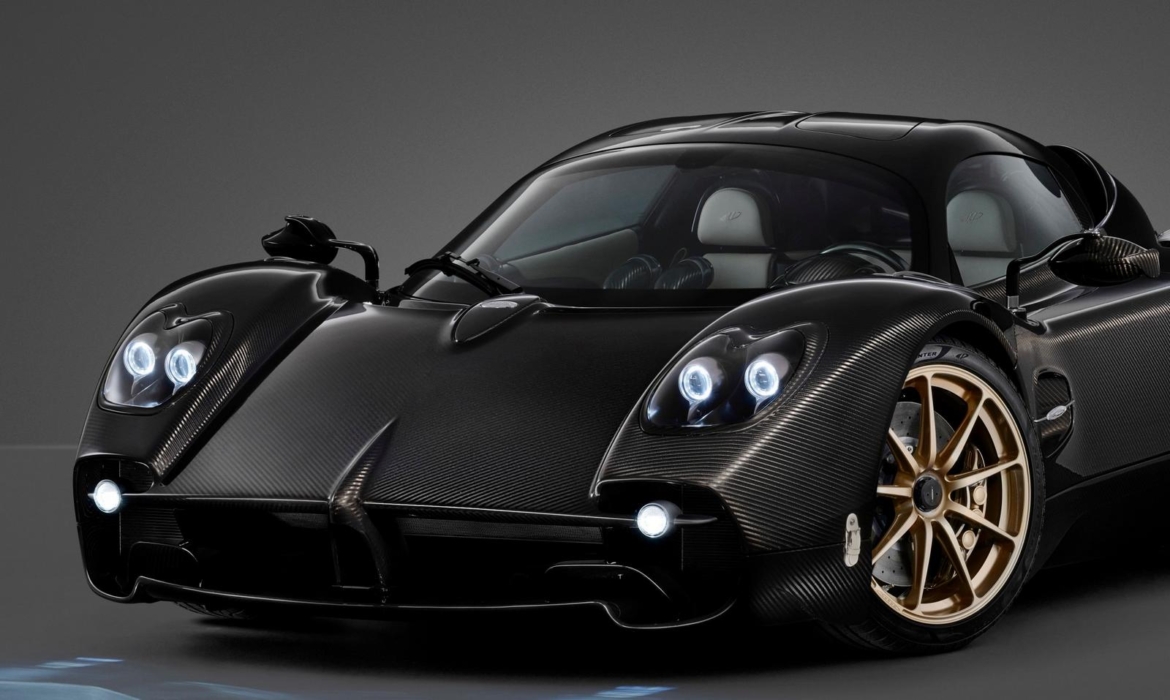Pagani Automobili stands out, even in the exclusive world of hypercars, and not just for creating extremely rare and desirable cars that beat every other investment instrument in terms of returns. Pagani stands out for its model of exclusivity that goes beyond a prospective customer’s bank balance, which merely serves as an entry point to the Pagani selection process. That’s saying something when a regular Pagani can cost upwards of $3.5 million.
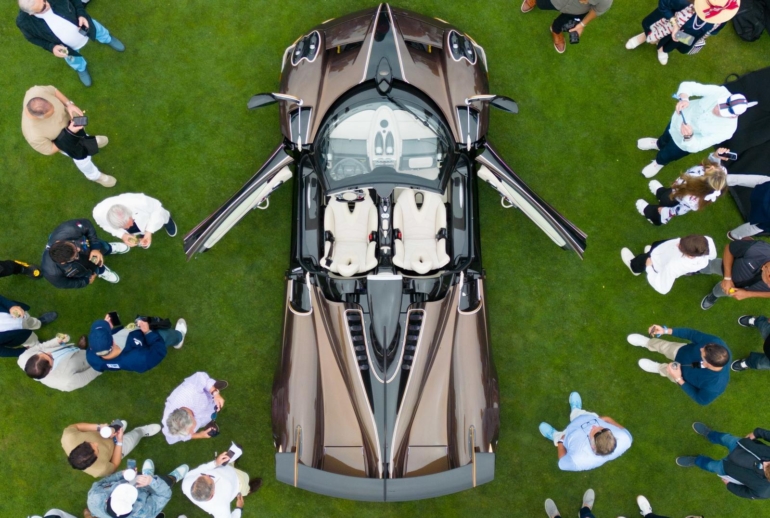
Horacio Pagani, the founder and chief designer, spoke to Italian radio presenter Gianluca Gazzoli on his podcast Passa dal BSMT, and revealed some key insights into the process of becoming a Pagani customer. The journey begins with relationship building, where the company evaluates a prospective customer’s appreciation for automotive artistry and their passion for the brand. Given how quickly a Pagani appreciates, the company is wary of speculative buyers and steers clear. If a customer does make it through the vetting process only to sell a car a year or two after taking delivery, it’s a trip straight to the company’s blacklist.
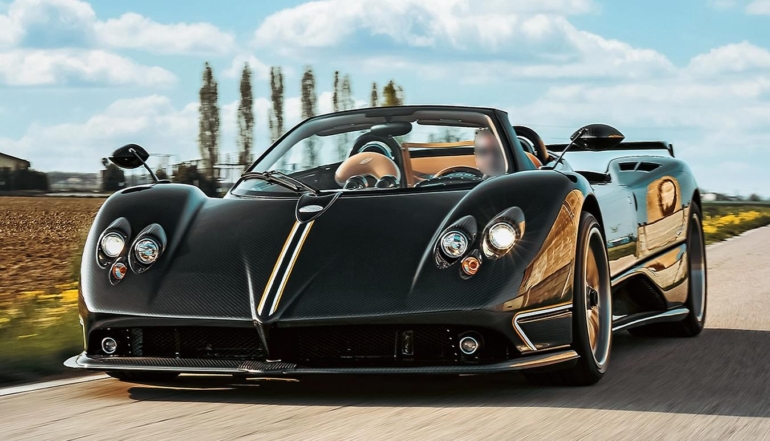
The company implements strict policies against “flipping” its vehicles, including contractual clauses that may restrict immediate resale or give Pagani the first right of refusal on secondary sales.

It takes Pagani around 9-10 months of handcrafting once the specifications are finalized. This pre-production process consists of extensive consultations to personalise every Pagani right down to the last stitch in its finely crafted interior.

This deliberate pace allows the company to maintain its high standards without compromise. It also builds an ownership community that goes beyond just their purchasing power, instead elevating owners to custodians of automotive art.
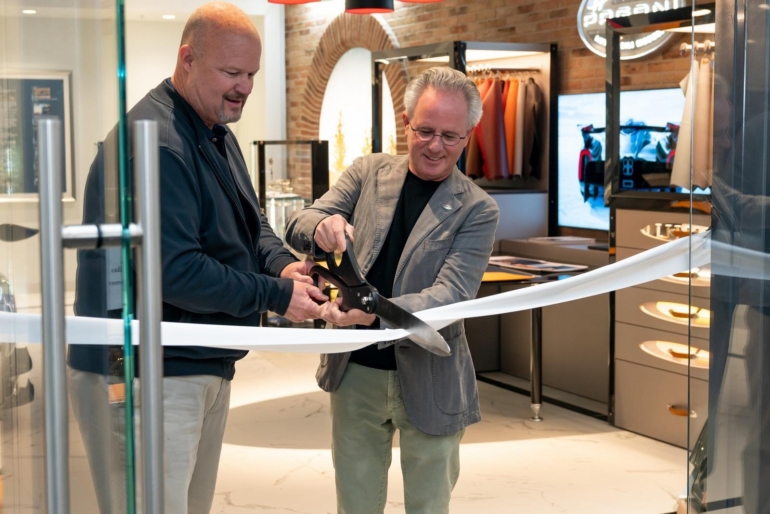
Pagain has carefully cultivated an ownership experience as high-quality as its cars themselves. This limitation on production ensures that each Pagani remains a rare masterpiece, with waiting periods extending three to four years from approval to delivery. Existing Pagani owners receive first dibs on new models. This preference for established relationships explains why even billionaires might find themselves turned down. This system has another benefit: it ensures each customer receives personal attention from Horacio himself, who often deals directly with buyers on bespoke cars.
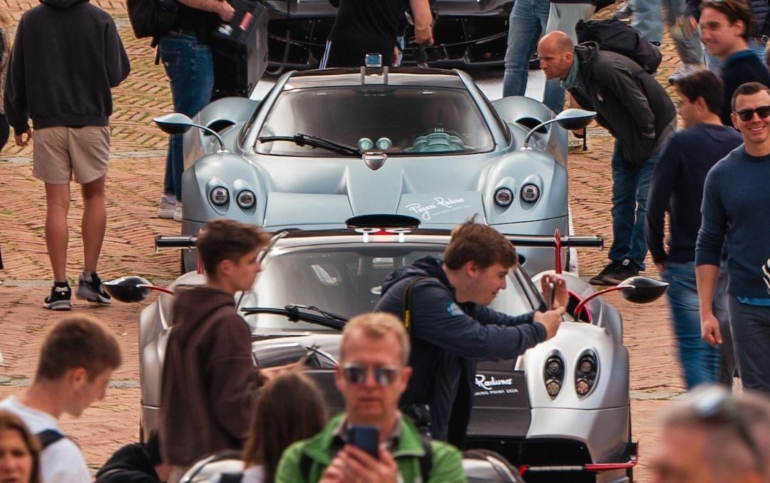
In these times of instant gratification at your fingertips, Pagani’s approach represents a welcome return to traditional patronage of artistry. It shows that the exceptional creations that wear the Pagani badge require more than wealth. It requires appreciation for the art, patience for the process and the understanding that a masterpiece just cannot be rushed.
